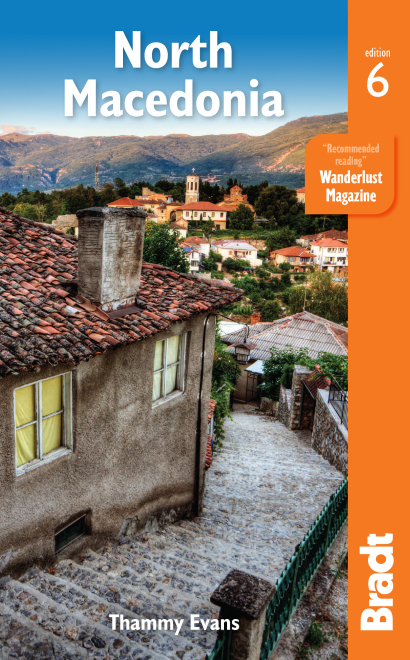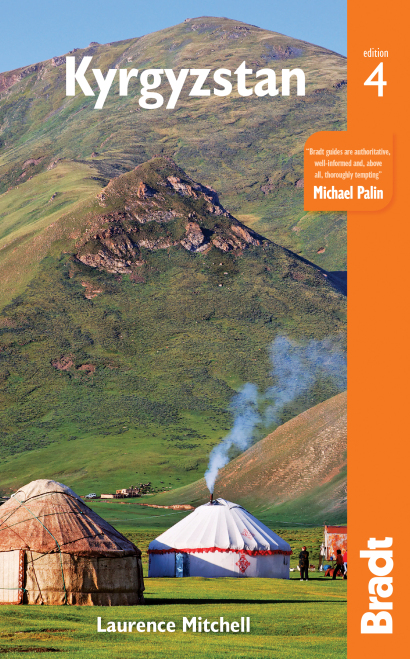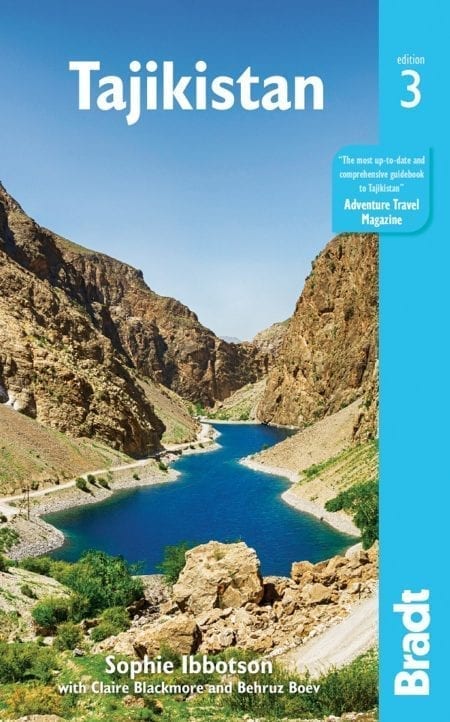Think of great lakes and you’ll probably envisage the likes of Superior, Michigan and Erie, but how many of these lesser-known bodies of water do you recognise?
Iskanderkul, Tajikistan
If you stare into the waters of the lake here at midnight, you’ll see Alexander the Great, resplendent in golden armour, ride forth on the back of his horse, Bucephalus. Or so the locals say. (For those whose Persian is a little rusty, Iskanderkul means ‘Alexander’s Lake’.) Most visitors to Tajikistan might be a little sceptical, but doesn’t stop most looking out into the inky blackness just in case.
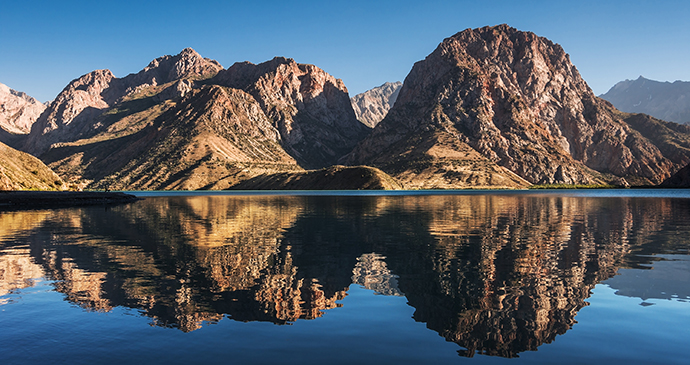
Conversely, during the new moon if the sky is cloudless, it shimmers with flickering stars. Just another reason to stay up past bedtime. The water is an amazingly bright shade of turquoise, and with the snow-capped mountains in the background it looks picturesque from any angle.
Lake Kivu, Rwanda
Sharing a border with the DRC, this 2,370km² lake is the country’s largest freshwater body, one of a string of mountain-ringed ‘inland seas’ that submerge much of the Albertine Rift floor as it runs southward from Sudan to Zambia.
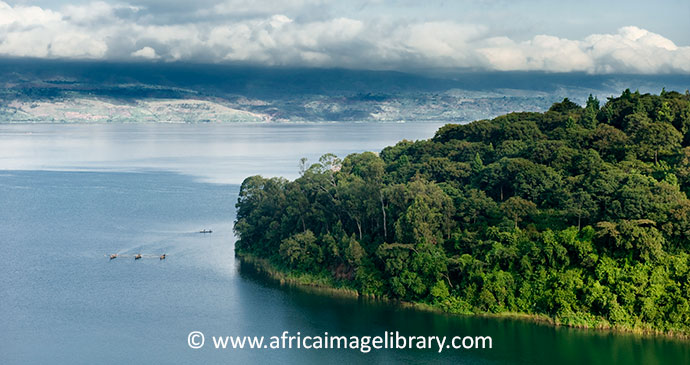
It is a very beautiful lake, hemmed in by steeply terraced escarpments containing several peaks of 2,800m or higher, including the smoking outline of volcanic Nyiragongo in the far north, and it has long served as a popular weekend getaway for residents of this otherwise landlocked country.
Lago Niassa (Lake Malawi), Malawi
The third-largest lake in Africa and running for 585km from north to south and 75km from east to west, this is a remarkable body of water. Sitting at the southern end of the Rift Valley system, an immense geological scar that cuts through Africa all the way from the Red Sea to the Zambezi Valley, this vast lake is up to 700m deep, hemmed in by the dramatic mountains of the Rift Valley escarpment, tower more than a kilometre above its surface in places.
Known for its thrillingly clear water and relatively low pollution levels, it probably harbours a greater variety of fish than any other lake in the world, including hundreds of endemic cichlid species.
Lac Nakoué, Benin
Benin’s 26,000ha Lac Nakoué is one of a kind. The country’s capital, Porto-Novo, was founded on its east bank in the 16th century, and it is still a dominating feature of the city. In the wet season it’s easy to arrange a trip out on the lake’s calm waters from here to visit the nearby stilt village of Aguégués. In the dry season, when the water level is lower, this becomes a normal lakeside village, so it’s better to head to Abomey-Calavi on the west bank. From here, you can float by pirogue to the tranquil stilt village of Ganvié, also known as ‘the Venice of Africa’.
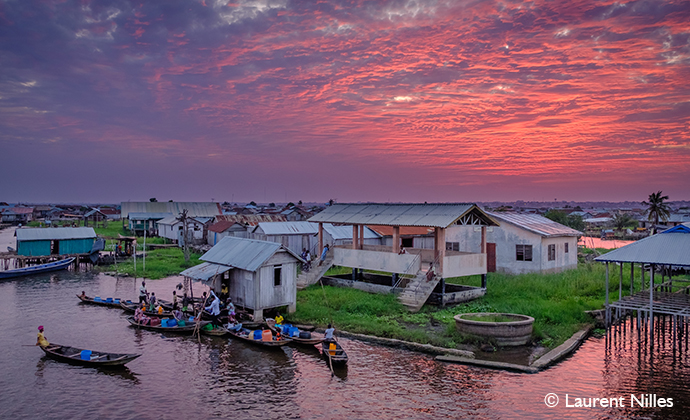
If Venice is dominated by water then Ganvié is positively drowning in the stuff; almost all of the houses are built on it and above it. Moreover, there can be few people so easy in the company of water as a Ganvié resident and, as a tourist attraction, it is second to none. On your journey out to Ganvié you will pass ruler-straight bands of reeds being lovingly tended by fishermen. It’s also possible to book on to fishing trips of your own, should you wish.
Lake Issyk-Kul, Kyrgyzstan
The second-largest alpine lake in the world after Titicaca in Bolivia/Peru, Issyk-Kul is unique in that the waters here never freeze. Despite its mountainous location at about 1,606m above sea level high in the Tien Shan range, where temperatures can drop to less than –25°C, the shores of the lake have a microclimate that is relatively balmy – it is apt, therefore, that the lake’s name literally means ‘warm lake’ in Kyrgyz.
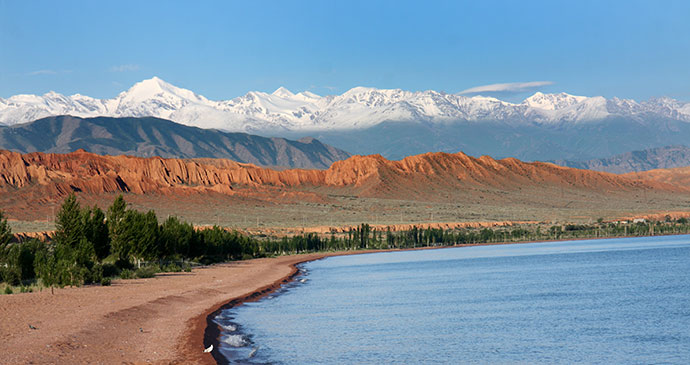
Scientists have long discussed the principles behind this, and it would seem it is down to a combination of deep-water physics, slight salinity and underground thermal activity.
Lake Ohrid, North Macedonia
Located in the southwest corner of the country, this is the oldest continuously existing lake in Europe, some three to five million years old. Both Lake Ohrid and Ohrid town are UNESCO-protected, and not without good reason – some scientists have said that it may be the most diverse lake in the world in terms of its size.
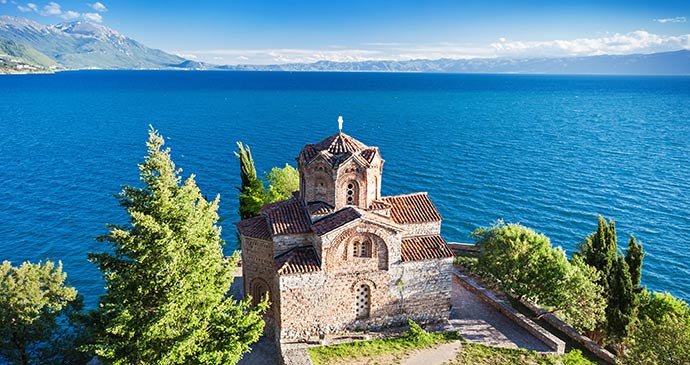
A tectonic lake almost 300m in depth with endemic plant and animal life, Ohrid offers a number of underwater attractions to the scuba diver, including Bronze-Age villages, sunken war vessels and a variety of marine flora and fauna. Back on land, the crystal clear waters beckon in the long hot days of summer, followed by a cocktail at one of the waterfront cafés.
Balaton, Hungary
The largest lake in central Europe, Balaton is known by locals as the ‘Hungarian sea’, and not without due reason. With a length of 77km and a total area of 600km2, it is quite the vast body of water, and its shallow depth (particularly on the southern side) – on average, just 2–3m – means both that it is relatively family-friendly and that it warms up quickly in the sun.
During the communist period, the lake represented a convenient meeting place for those divided by the Berlin Wall, and Germans continue to provide a decent chunk of the tourist revenue. The water harbours plenty of fish such as carp, bream and native fogas (pike-perch), and is a popular place for windsurfing and rowing.
Boiling Lake, Dominica
Dominica’s Boiling Lake is considered to be the second-largest of its kind in the world (just behind Frying Pan Lake and the connected Inferno Crater Lake in the Waimangu Volcanic Rift Valley on the North Island of New Zealand).
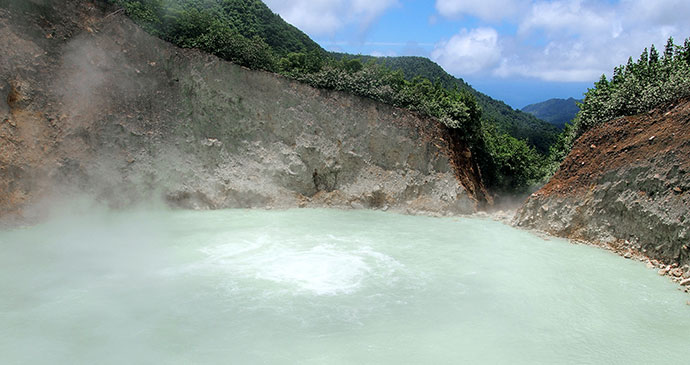
It is an extremely large and deep fumarole whose gases rise from a magma chamber and superheat the ground water turning it into steam and forcing it up to the surface where it condenses to water and is trapped within a volcanic crater. It’s also the focal point of some of the island’s greatest hiking trails, although recent devastations (Tropical Storm Erika and Hurricane Maria) have left a severe amount of damage and destruction in their wake.
Lake Kariba, Zimbabwe
This is one of the largest manmade lakes in the world, some 223km long and 40km wide. Viewed by the locals as the landlocked country’s main ‘seaside’ resort, Kariba is a laid-back holiday playground with a wide choice
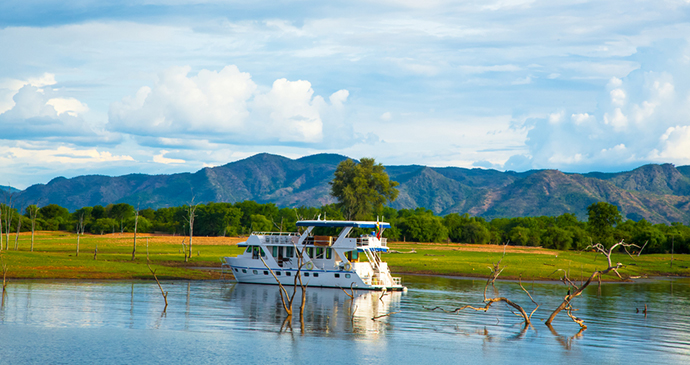
The lake even features its own accommodation speciality, the houseboat, so Zimbabweans flock here with family and friends for fishing, boating or just to chill out with a crate or eight of beers (although ‘chill out’ may be misleading in this area of stifling summer temperatures and humidity).
Lac Rose, Senegal
Though its colour ebbs and flows with the season, when it’s putting on its rose-tinted show, this lake’s salt-encrusted Pepto-Bismol waters and their dunescape surrounds are an unlikely scene pulled straight out of an acid trip.
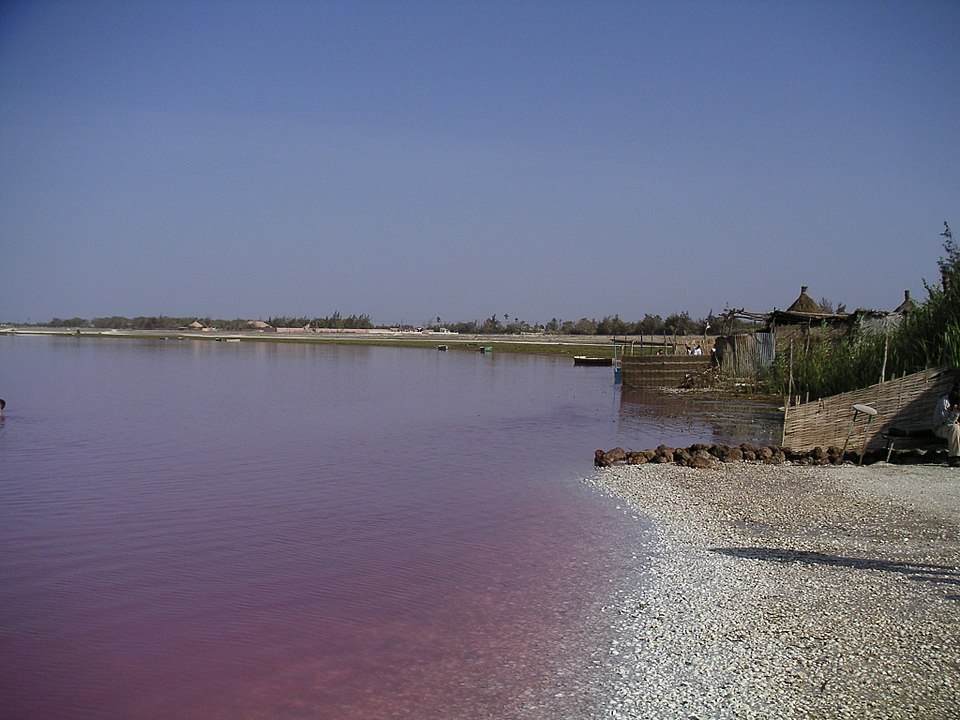
Backed by an incongruous cluster of sand dunes, the landscape here can take on a truly sci-fi hue when the lake is in full bloom. The explanation for the otherworldly fuchsia waves lies in the lake’s hypersalinity. With concentrations of up to 40% in parts, it’s in a league with Djibouti’s Lac Assal and the Dead Sea as one of the saltiest bodies of water anywhere on the planet, and you’re equally buoyant when trying to go for a swim.
Lake Bunyonyi, Uganda
A flooded riverine valley set between the steep terraced slopes of Kigezi, lovely Lake Bunyonyi is entrenched as the place to chill out for a few days before or after gorilla tracking in Bwindi Impenetrable National Park. Set at an altitude of 1,950m, it is encircled by steep terraced hills that rise to above 2,500m, and although estimates of its depth vary wildly, it is probably nowhere more than 45m deep.
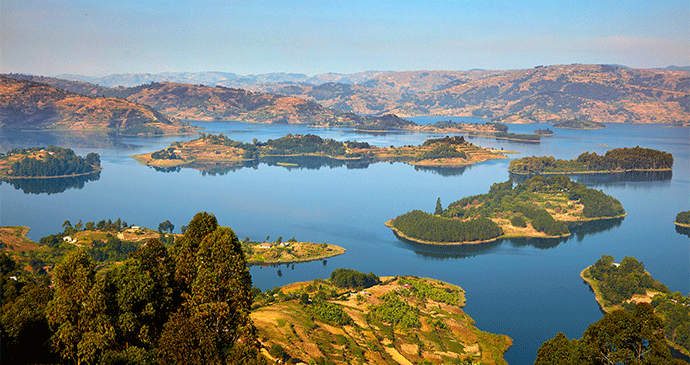
Bunyonyi translates as ‘place of little birds’, presumably in reference to the weaver colonies that proliferate on the shore, but larger birds are also represented by the likes of grey crowned crane and a variety of herons and egrets. The spotted-necked otter is unusually common and visible at Bunyonyi, presumably due to the lack of competition from larger aquatic carnivores.
Lake Chon, North Korea
This is a beautiful textbook example of a volcanic crater lake. Situated on the crater rim of Mount Paektu, it can be accessed by either cable car or on foot. The walk is allegedly made up of 2,160 steps, symbolising 2.16, 16 February, Kim Jong Il’s birthday.
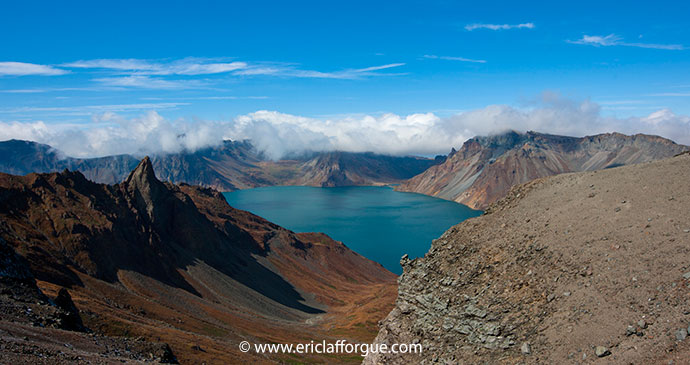
While we have not independently verified this number, the figure seems about right, as it is a descent (and gruelling return ascent) of around 430m in elevation. It is a tiring, but rewarding, challenge – the views over the mountains and across to China are magnificent.
Lake Titicaca, Peru
Straddling the border between Peru and Bolivia, Lake Titicaca is truly a place of superlatives. The world’s highest navigable lake, at 3,830m it is also the largest in South America and the largest above 2,000m anywhere in the world.
A mythical, mysterious place, many people associate Lake Titicaca with folklore; the Incas believed that Viraocha, the creator god, drew the sun, moon and stars from the lake. The Inca also considered that their original leader, Manco Cápac, was directly descended from the sun and rose from the waters of Lake Titicaca with his sister Mama Ocllo, to go in search of a homeland for the future Inca civilisation. The lake is startlingly attractive, with intense deep-blue water stretching away from the shore, and enormous skies above.
Lake Bohinj, Slovenia
Slovenia is renowned for gorgeous Lake Bled, but if you follow the path of the Sava Bohinjska River south for another 26km, you’ll come to glacial Lake Bohinj. Slovenia’s largest lake (1km wide by 4.2km long) is if anything even more dramatic than Lake Bled: a wider, longer and wilder expanse of alpine water that snakes away towards the looming hulk of Triglav.
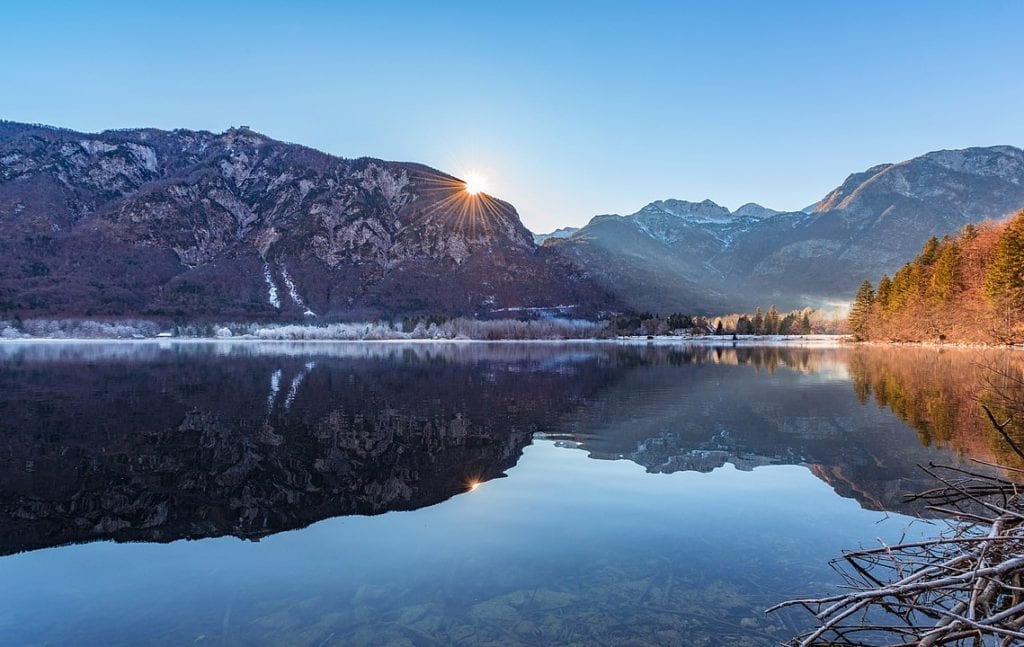
While the most accessible end of Lake Bohinj has a straggle of tourist developments and is plied by lake cruises, development is on a much less obvious scale and this is the place to come for a get-away-from-it-all break, without all the frills of Bled.
Sun Moon Lake, Taiwan
What’s often but incorrectly described as Taiwan’s largest natural lake (its current dimensions are a result of human engineering) falls into the ‘touristy-but-pretty’ category, but it’s nonetheless a lovely place to visit.
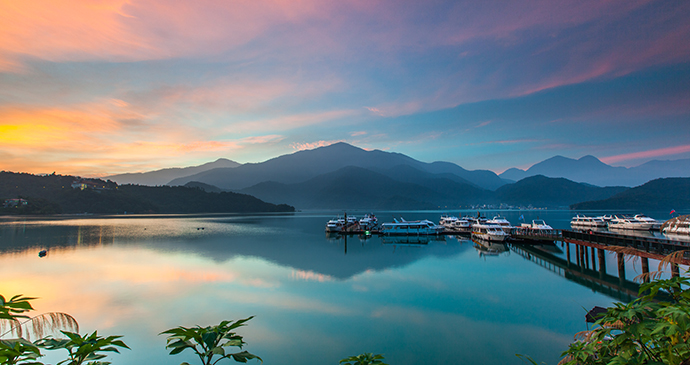
Covering 8km2, the lake assumed its modern shape and size in the early 1930s when the Japanese colonial regime dammed the basin as part of a hydro-electricity project. The surface is 748m above sea level and the waters up to 30m deep. At Sun Moon Lake, the whole is very much more than the sum of its parts, and spending a sunny day circumnavigating the lake is highly recommended.
Volcanic lakes of Sete Cidades, Azores
Some of the most famous of the Azores’ attractions are the two lakes of Sete Cidades, one blue, the other green, steeped in mythology and nestled in the caldera that dominates the western topography of São Miguel. Sete Cidades volcano is now 14km across at sea level. The early eruptions of dark basalt were slowly followed by pale-grey trachyte, only later to be succeeded by violent explosions that can be seen in the abundant layers of pumice.
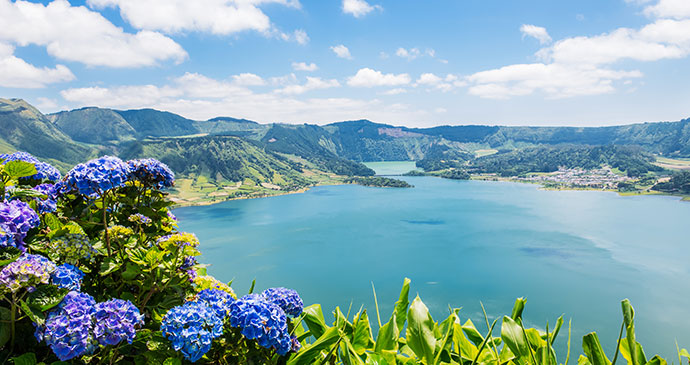
The caldera collapsed about 22,000 years ago and remained quiet for 17,000 years, although there was activity around its flanks. Some 5,000 years ago, eruptions again began in the caldera, creating a number of broad cones including those containing the crater lakes of Lagoa Rasa and Lagoa de Santiago; these craters, together with other sites within Sete Cidades, erupted again at later periods, as did numerous satellite vents on the outer lower slopes.
The last eruption on Sete Cidades was around the middle of the 15th century, with more recent 19th-century eruptions out to sea northwest from the Ponta da Ferraria. At Ferraria you can see an example of a littoral cone, a secondary cone caused by steam trapped under lava which has flowed into the sea.
Tso Moriri, Ladakh
Tso Moriri is best seen early in the morning or late in the day, when the shadows are long and the romance of the place is at large. However, you’ll need to walk a short way from Korzok, the village on the northwest shore, to be able to really appreciate the pristine environment and peace.
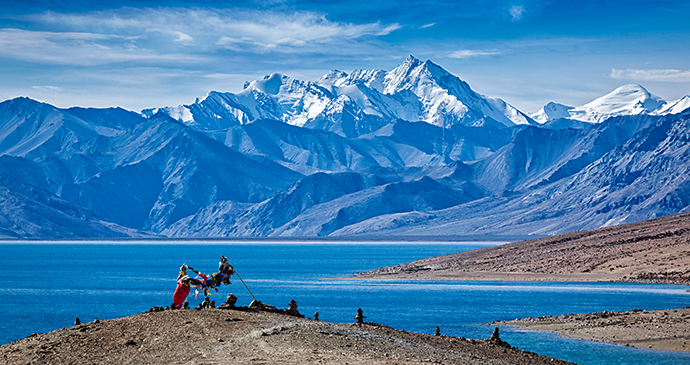
Some 34 species of bird, including 14 waterbirds, are found in the Tso Moriri Wetland Conservation Reserve, as are rarely seen snow leopards, Tibetan wolves, Great Tibetan sheep and marmots.
More information
For more information, check out our comprehensive guides:

